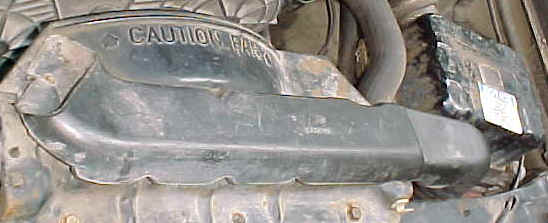
^^^^Air inlet here Air cleaner here ^^^
Diesel Chevette "cold air" induction modification
It's a known fact that cooler, denser air produces horsepower. Up to, or should I say down to, a point. If the air is so cold, it causes "icing", or the engine has to use up a considerable amount of heat converting the freezing air to energy, there are some loses. But generally, inducting cooler air into the air intake system of most engines is helpful. Most cars run around 180°-200°+ under the hood, and if you allow cooler 60°-95° air to enter the intake, this usually is helpful. I have usually installed some type of fresh air system on most cars I have ever owned, and finally got around to seeing what would happen on the Diesel Chevette. I don't recommend this modification in freezing climates, or in the winter. I intend to change back to the stock underhood system in the winter. ( Like I do on my gasoline cars. They definitely run better with some heat in the intake in the winter ! )
This modification is very simple, and takes about 45 minutes to complete. You will need some type of tool for cutting metal. I used a Makita electric die-grinder for my assault. You will also need to fabricate some type of bracket, which I will describe later.
First, here is the stock looking air intake system as the factory installed it.

^^^^Air inlet here
Air
cleaner here ^^^
Not a bad system, and probably primarily designed to keep the noise down. Remember, the Diesel is not throttled, and gets a full intake of air every stroke. The air inlet is quite loud ! If you're running the engine without the air cleaner system in place, the air intake noise is amazing.
 This is where the tube goes down to the air
cleaner inlet.
This is where the tube goes down to the air
cleaner inlet.
At this point, remove the grille. Here is a handy dandy tip for those pesky bottom screws. You can get to them externally, without laying on the ground fighting them with a flexible extension. When the three upper screws are removed, you can lift the grille slightly, and this will give you access to the lower two screws.
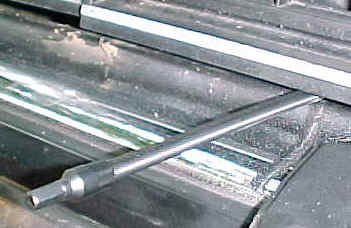 Flexible
tool removing the lower grille screws.
Flexible
tool removing the lower grille screws.
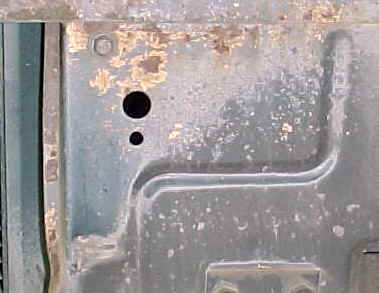 The metal where the hole will be cut. On the driver side, of course. |
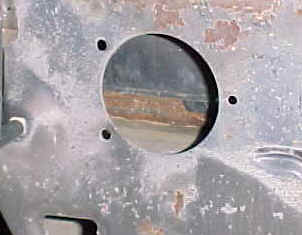 Isn't it ironic that the other side has a hole already ! Where the factory routes the fresh air tube for the lowly gasoline engines. |
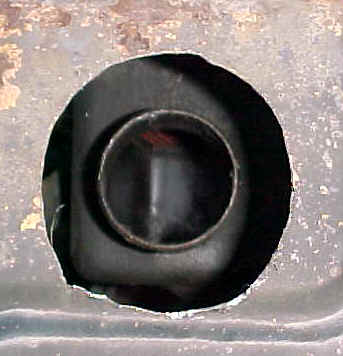 |
A couple of minutes with the Mighty Makita die-grinder, and we
have revealed a hole to the air cleaner inlet ! Not a very neat job on the hole, but I didn't think I would be graded. ( Actually, I cleaned the hole up somewhat after taking this picture. The tube still wouldn't fit. :-)) |
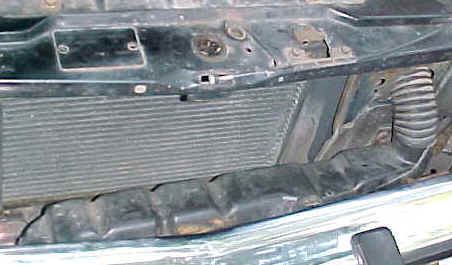 |
After the hole is done, simply insert your fresh air tube like this. Or, this is how I did it. I decided to position the air inlet directly behind the bumper, for now. I decided this would protect the air inlet from water, and debris. |
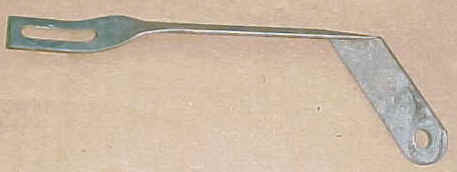 |
This is a picture of the bracket that I made up to hold the air cleaner inlet tube in place. |
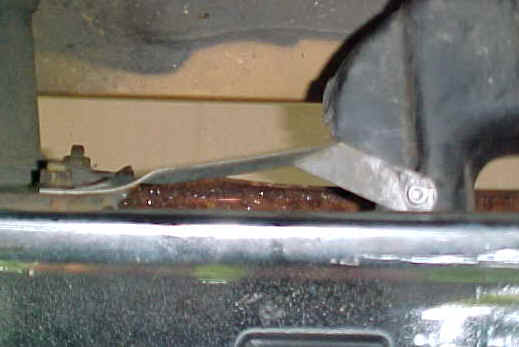 |
Here is a shot of the bracket holding the air cleaner inlet tube. Note that I used the upper bumper stud for the bracket mount. I simply removed the nut ( 13MM), and put the bracket under it. |
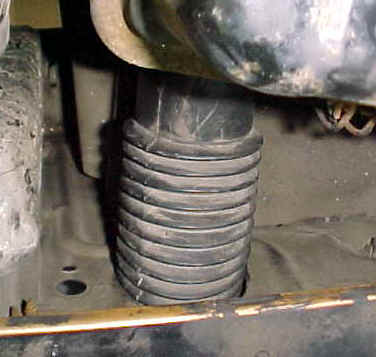 |
Here is a shot of the air inlet tube connected to the air cleaner case. Nice straight shot into the case from the outside. |
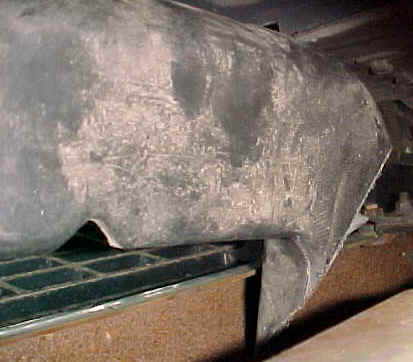 |
This is what the air inlet looks like from underneath. Note that the air inlet hole is tucked into the bumper. I'm going to try it like this for a while, and see what happens. As long as I don't try to drive in water more than 2 feet deep, I should be OK. |
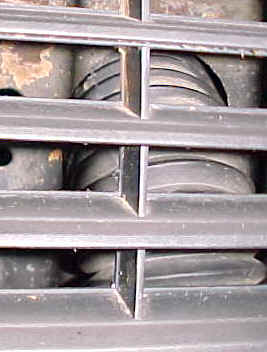 |
A shot of the flexible portion of the air inlet tube as seen through the grille. |
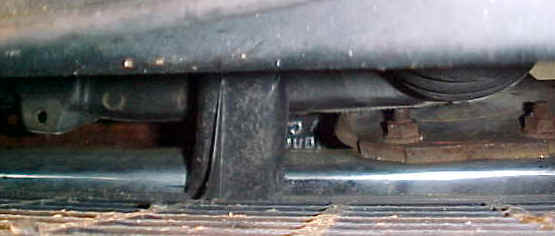
How the tube looks from above. It fits very nicely right under the grille mounting
strut !
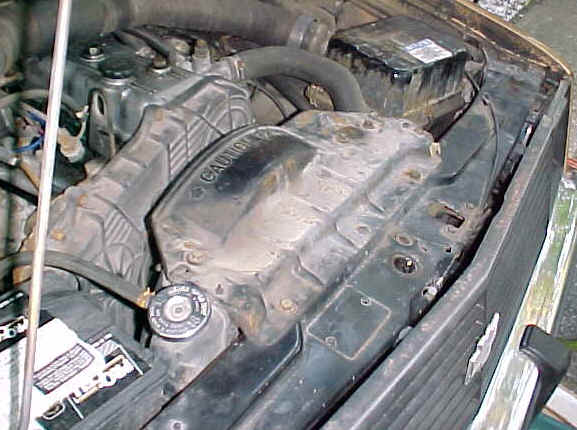
No more "fresh" air tube pulling in underhood hot air. Now the cool frosty 95° Ohio Valley humidity can flood the air inlet system with whatever this monster can pull in !
I'll report in the future on whether this was a good idea or not. Or, if it's real bad idea, I'll just make the page disappear.